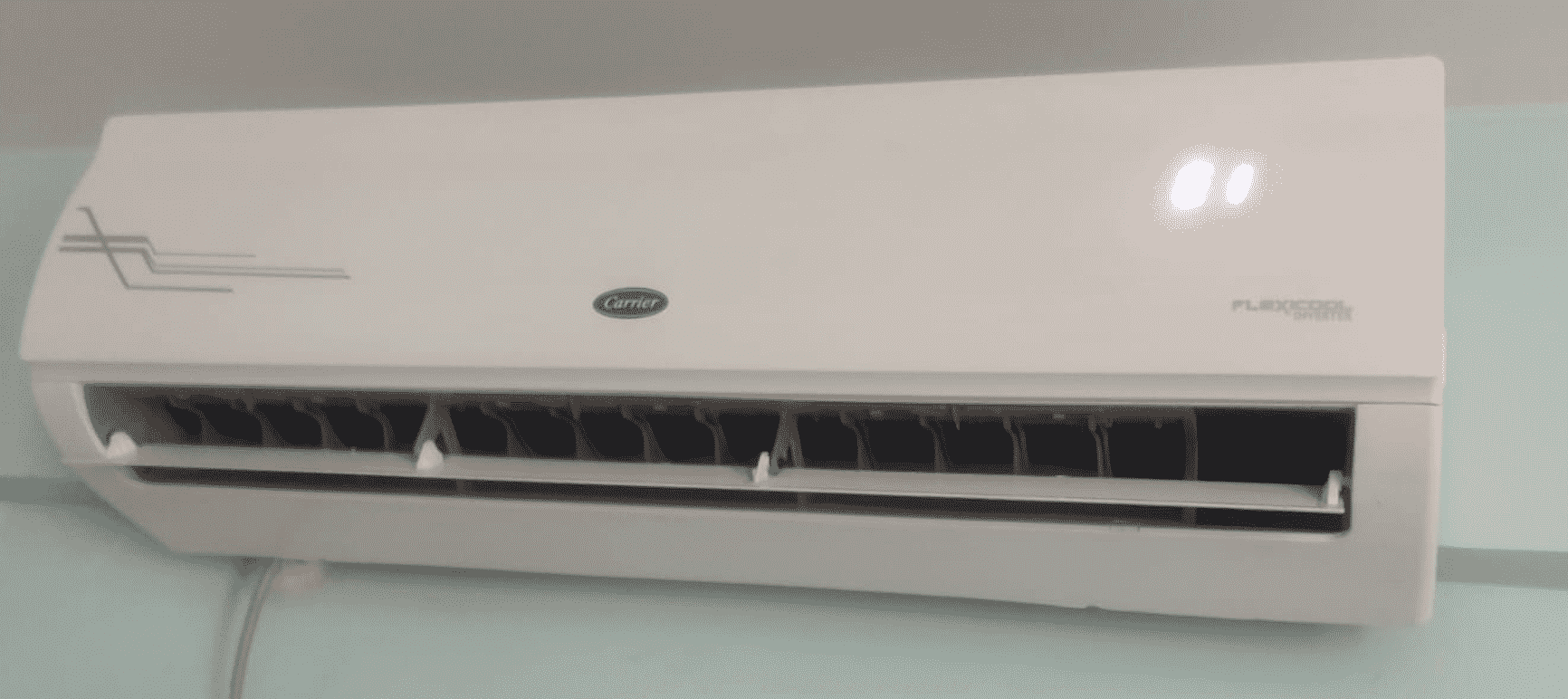CARRIER Fan mode is a versatile setting on your air conditioning unit that allows you to control the blower fan’s operation. This mode offers several benefits, including improved air circulation, energy efficiency, and indoor air quality. Whether you’re dealing with allergies, trying to maintain a constant room temperature, or simply want to optimize your HVAC system’s performance, understanding the intricacies of CARRIER Fan mode is crucial.
Understanding CARRIER Fan Mode
CARRIER Fan mode gives you the ability to run the blower fan continuously or only when the air conditioning is actively cooling the air. When the fan is set to run continuously, it helps circulate the air throughout your home, even when the compressor is not running. This can be particularly beneficial during the hottest summer days when you want to maintain a consistent temperature without constantly running the AC.
Benefits of CARRIER Fan Mode

1. Improved Air Circulation
By running the fan continuously, CARRIER Fan mode ensures that the air in your home is constantly being circulated. This can help distribute the cooled air more evenly, reducing hot spots and improving overall comfort levels.
2. Energy Efficiency
While the fan mode won’t produce any new cold air, it can help your HVAC system operate more efficiently. By maintaining a constant air flow, the system doesn’t have to work as hard to cool the air, which can lead to lower energy consumption and utility bills.
3. Indoor Air Quality
The continuous air circulation provided by CARRIER Fan mode can be particularly beneficial for those with allergies or concerns about indoor air pollution. By keeping the air moving, the system can help filter out dust, pollen, and other airborne contaminants, improving the overall air quality in your home.
Technical Specifications and Hands-On Guidance
Adjusting CARRIER Fan Mode Settings
To access the CARRIER Fan mode settings, you’ll typically find a “Fan” or “Fan Mode” button on your thermostat or HVAC control panel. This button will allow you to toggle between “Auto” (where the fan runs only when the compressor is active) and “On” (where the fan runs continuously).
Maintaining Optimal Performance
To ensure that your CARRIER Fan mode is operating at its best, it’s crucial to maintain your HVAC system regularly. This includes:
- Filter Replacement: Replace your air filters as recommended by the manufacturer, typically every 1-3 months. Dirty filters can restrict airflow and reduce the system’s efficiency.
- Coil Cleaning: Regularly clean the indoor and outdoor coils to prevent buildup of dust, debris, and other contaminants that can impede airflow and heat transfer.
- Duct Inspection: Check your ductwork for any leaks, blockages, or damage that could compromise the air circulation in your home.
- Thermostat Calibration: Ensure that your thermostat is accurately measuring and controlling the temperature in your home, as this can affect the fan mode’s performance.
- Professional Maintenance: Schedule annual or bi-annual HVAC system tune-ups with a qualified technician to ensure that all components are functioning correctly and to identify any potential issues.
Humidity Considerations
When using the CARRIER Fan mode, it’s essential to consider the humidity levels in your home. Running the fan in a humid environment can increase indoor humidity, as the moving air can evaporate moisture and circulate it back into the living space. To mitigate this, it’s recommended to use the fan mode in a dry environment or when trying to maintain a constant room temperature without excessive power consumption.
Conclusion
CARRIER Fan mode is a powerful tool for optimizing your HVAC system’s performance, improving air circulation, and enhancing indoor air quality. By understanding the technical specifications and hands-on guidance for using this feature, you can ensure that your home stays comfortable and energy-efficient, even during the hottest summer days.
